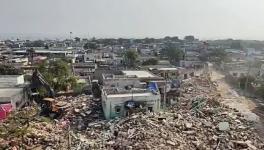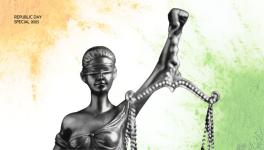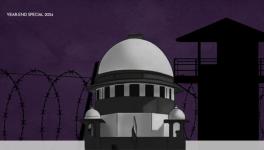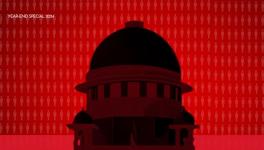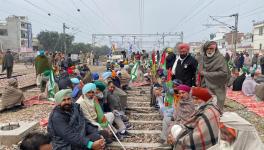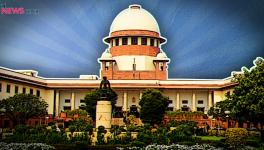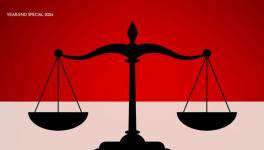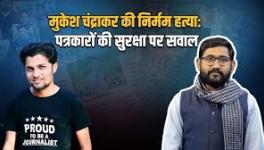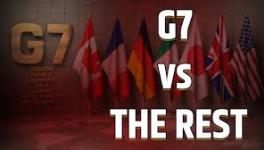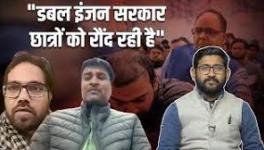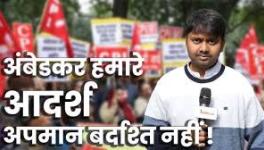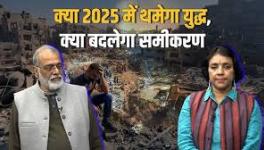Zakia Jafri’s Personal Battles Embodied India’s Secular Aspirations
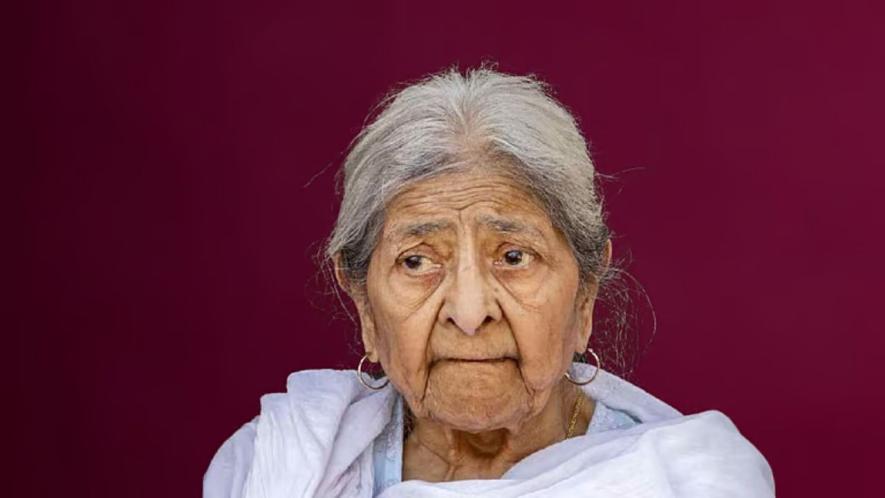
On February 1, 2025, Zakia Jafri passed away at the age of 86, quietly resting in her sister’s home in Ahmedabad - a city that changed her life forever, but where she kept coming back. She was Zakia appa to me, and I was her lawyer right from the Magistrate’s Court to the Supreme Court.
I met her on many occasions as she waged legal battles one after the other. We lost many of those cases, and after every loss I would find in her eyes not a glimpse of the forlornness of loss, or a stray tear, but a tenacity, a determination to pursue justice. There was one travesty of justice after another, all culminating in the final one perpetuated by the Supreme Court in 2022, when a three-judge bench led by Justice A.M. Khanwilkar dismissed her complaint of biased investigations in the Gujarat riots larger conspiracy case. Three years later, I can say confidently that she never lost her spirit of fighting.
Zakia was 63 when the Gujarat carnage started in late February 2002, a homemaker and already a senior citizen. She was staying at the Gulbarg Society, a Muslim neighbourhood in Ahmedabad, with her husband, ex-Member of Legislative Assembly in Gujarat, Ehsan Jafri. Incidentally, Ehsan was also the last Muslim MLA from the state. On February 28, 2002, following the unfortunate burning of Hindus trapped in the Sabarmati Express, a large mob attacked the Society. Despite police presence and repeated pleas from civil society activists to the highest state authorities to protect the neighbourhood, the State turned a blind eye when the mob broke in. It virtually amounted to criminal negligence and a conspiracy. Zakia was in her home when Gulbarg was attacked. Fortuitously, she was saved, but her husband, just as 68 others in the neighbourhood, was brutally and heinously murdered. Gulbarg Society was burnt down. Ehsan Jafri gave up his own life to save many others and Zakia was a witness to this.
One cannot begin to imagine what her trauma entailed. She had no choice but to shift to Surat where her son resided. But she remained determined to seek justice for Ehsan, the other occupants of Gulbarg Society and for the entire community which was subjected to unprecedented violence in the Gujarat riots. Zakia understood early on that what happened in Gujarat that year was anything but a spontaneous outburst - it was a planned conspiracy, as she saw it, enabled by the collusion of a large section of Hindu right wing organisations with the police establishment, the bureaucracy and those higher up calling the shots. Once, while following up on the Gulbarg case, she filed a complaint impugning all those against whom there was enough evidence of complicity. This included the then Chief Minister of Gujarat, Narendra Damodardas Modi. Teesta Setalvad and the Citizens for Justice and Peace, as also certain other individuals and civil society organisations, were important pillars of support for Zakia.
It is important to understand that without the consistent support of human rights activists, it is very difficult for an ordinary citizen to put into motion a legal battle against the State, the way Zakia did. It is unfortunate that courts, today, have become rather averse towards the constitutional engagements of human rights organisations. When activists assist relatives of falsely encountered civilians from marginalised tribal communities, who have otherwise never met lawyers, or visited courts, access legal remedies, courts draw a frown.. When activists challenge false narratives drawn by the State through pathbreaking ground-level fact-finding, almost immediately First Information Reports are filed, and the Court is quick to direct action against the civil society organisation or activist. Zakia’s effort to put together evidence to hold to account the highest functionary of the State for his involvement in committing, what was essentially, a genocide, would have appeared virtually as blasphemy.. This is also how the Supreme Court saw it in 2022, when it ignored, not only the vast evidence she produced but, in a complete travesty of justice, effectively directed Teesta, former Director-General of Gujarat police R.B. Sreekumar and former Indian Police Service officer Sanjeev Bhat to be arrested, all of whom alleged a carefully-threaded conspiracy.
Zakia met with losses at various stages of the litigation but never thought of giving up. Initially when she moved the High Court to have an FIR lodged against the culprits, the Court rejected her petition and relegated her to the Magistrate, despite strong evidence to her claims. This was when she moved the Supreme Court, which asked the Special Investigation Team, which had already been constituted, to investigate the matter of larger conspiracy. But the SIT’s involvement was dubious, clearly guided by the desire to protect the political heavyweights at the centre of the litigation. When the Supreme Court ultimately directed the SIT to file its final report before the Magistrate, the latter’s closure report confidently alleged that there was no case against any of the accused. Zakia came back with over thousand pages of evidence in the form of a protest petition, substantiating her case against each accused person, including the Chief Minister. Her protest was overlooked, her petition dismissed, but she remained undaunted. When she approached the High Court again, she met the same fate, and when she went back to the Supreme Court, it let slip the entire state machinery, and with it, the hope for accountability in genocide. In the records of judicial history, it was one of our darkest moments.
This litigation was not so much about conviction as about whether adequate evidence existed to conduct a trial against these individuals. I, and many others who have perused the evidence neutrally remain unequivocal that there was enough evidence for proceeding on trial.
Thinking of Zakia Jafri today, I revisit memories of a valiant warrior for human rights, and the words she would often tell me - that the fight for justice was never truly lost. It was also a battle that never truly ended.
All this while, she continued pursuing the Gulbarg Society violence case. In 2016, a sessions court convicted 24 accused in the case - eleven for murder, and thirteen for attempt to murder, arson and looting. Yet, absurdly the Court acquitted all of them on the charge of conspiracy. Appeals against this judgement are filed by both sides and are pending in the High Court.
Zakia appa took on a historical legal battle. She may have ultimately lost the litigation, but I can never forget the courage and conviction that exhumed her every step of the way, as she took on a mighty, dangerous machinery. Her battle was for personal justice, for Ehsan Jafri. It was also a political one, a monumental battle seeking to keep together the withering secular fabric of the country.
Thinking of Zakia Jafri today, I revisit memories of a valiant warrior for human rights, and the words she would often tell me - that the fight for justice was never truly lost. It was also a battle that never truly ended.
Mihir Desai is a human rights lawyer, practising as senior counsel in the High Court of Bombay and Supreme Court of India.
Get the latest reports & analysis with people's perspective on Protests, movements & deep analytical videos, discussions of the current affairs in your Telegram app. Subscribe to NewsClick's Telegram channel & get Real-Time updates on stories, as they get published on our website.










